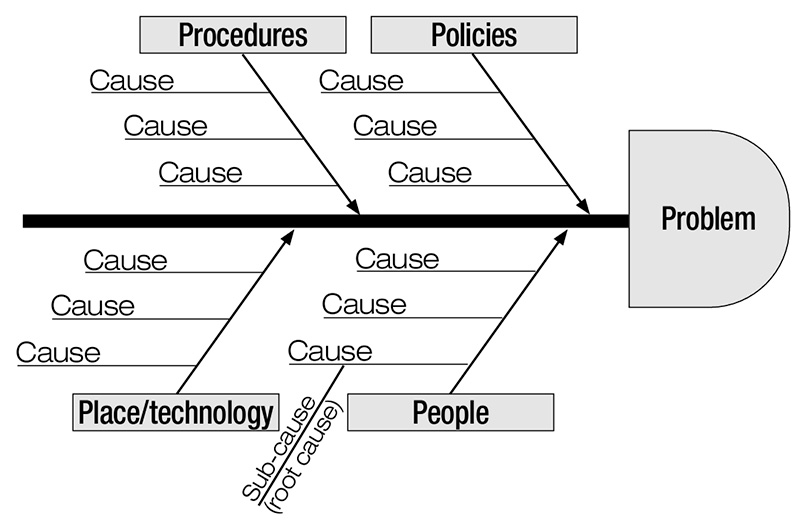
Since the time of early Greek philosophers such as Plato and Socrates, critical thinking has been a subject of much debate and thought. It continues to be a subject of discussion into the modern age, highlighting its enduring importance.
Critical thinking is the ability to think clearly and rationally, understand the logical connection between ideas, and use analytical and problem-solving skills. In today’s fast-paced world, where decisions are often made hastily, critical thinking
is needed more than ever. Despite the need, many individuals seem to lack this skill or don’t fully understand its importance. Thinking clearly, deeply and productively is arguably one of our most valuable life skills. However, research indicates
that this skill is becoming increasingly endangered, with many individuals prioritizing immediate challenges over the more profound, meaningful types of thinking that could lead to better outcomes in the long run.
A lack of problem-solving skills and critical thinking can be attributed to several factors. One significant contributor is the fear of failure, which is common today and can impede professional development and mental well-being. This fear often leads
to heightened stress levels and a reluctance to take risks or learn from mistakes. Additionally, technology, changing societal norms and shortcomings in the education system are also cited as major causes of the decline of critical thinking. Many
experts believe that technology plays a prominent role, with its constant distractions and ease of access to information. Social norms that discourage questioning and independent thinking, as well as an education system that prioritizes memorization
over critical analysis, further exacerbate the issue. These factors combined create a challenging environment for developing robust problem-solving and critical-thinking skills.
Analyzing a problem involves closely and carefully examining its nature and the relationship of its parts. It is the initial step in problem-solving, which entails identifying a problem, developing possible solution paths and taking the appropriate course
of action. This process is crucial for effective decision-making and problem solving.
There is a strong connection between communication, critical thinking and problem-solving, as effective communication requires the ability to think critically and analyze problems to convey ideas clearly and find solutions. Individuals who can think about
an issue from different perspectives are likely to be better communicators and less likely to react impulsively. Moreover, critical thinkers often analyze the way others think and make arguments before responding themselves. This analytical approach
is key to understanding the connection between communication and critical thinking and, ultimately, successful problem-solving.
What steps can you take to encourage, lead and assist an analytical process using critical thinking and problem-solving? Here are a few ideas.
• Clearly define the problem: Ensure all team members agree on the problem statement and be specific about how and when the problem occurs.
• Don’t jump to conclusions: Avoid making assumptions and take the time to thoroughly analyze the problem.
• Try different approaches: Be open to exploring various solutions and consider unconventional ideas. For example, use fishbone diagrams for root-cause analysis. A fishbone diagram (illustrated above) is a visual tool that helps team members diagram a problem
or condition’s root causes. By visually representing the causes, teams can diagnose the problem more effectively, focusing on the root causes rather than the symptoms. This approach allows for team consensus around the problem and its causes.
• Don’t take it personally: Approach problem-solving objectively and focus on finding solutions rather than assigning blame.
• Get the right people in the room: Involve individuals with diverse perspectives and expertise to ensure a comprehensive analysis.
• Document everything: Keep a record of the process, including the problem statement, analysis and solutions considered.
When you encourage and support your staff in developing problem-solving skills, individuals continuously work on enhancing their critical-thinking and problem-solving abilities to tackle challenges effectively. If at any time you feel like you’re
too close to the issue, consider bringing in a facilitator. A facilitator can help guide the process and ensure all voices are heard.
Preserving the art of critical thinking in a fast-paced world requires a conscious effort to prioritize meaningful thinking and problem-solving. By utilizing analytical tools, understanding the connection between communication and critical thinking, and
following effective problem-solving strategies, individuals and teams can enhance their ability to think critically and achieve better outcomes.
Lori A. Hoffner is a professional speaker, trainer and consultant specializing in staff and leadership development, community networking and youth programming. She has presented frequently at the GCSAA Conference and Trade Show. To learn more about Hoffner’s training, visit www.SupportingCommUnity.com.